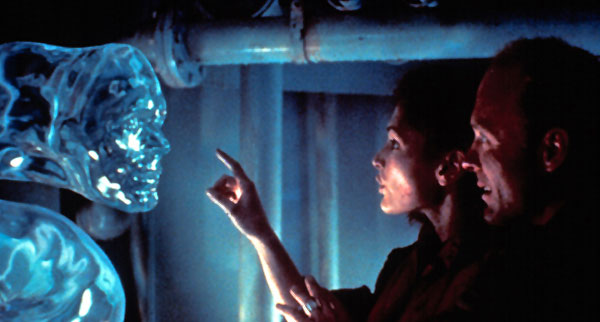
Since the dawn of cinema, filmmakers have strived to convincingly realize their stories on the big screen – which explains how far special effects technology has leaped forward over the past century.
After all, virtually every big blockbuster and epic drama ever made wouldn’t be filled with half as much wonder or boast nearly as much scale without the ingenuity and artistic talents of the special effects crews involved.
This is true of any era, regardless of whether we’re talking about the traditional practical and optical effects pioneered during the first nine decades or so of filmmaking, or the CGI-driven visual effects techniques that tend to dominate the contemporary landscape.
Indeed, across both eras, it’s possible to pinpoint specific films that really raised the bar in terms of what could be achieved on-screen, forever expanding the storytelling tool set available to filmmakers going forward. With this in mind, here’s our picks for the 15 Most Influential Special Effects Movies Of All Time!
1. A Trip To The Moon
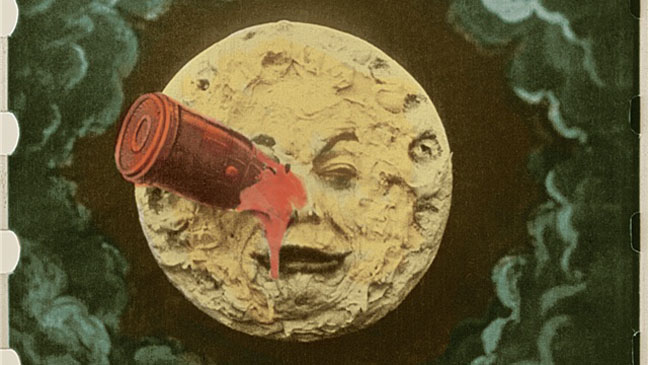
George Méliès’ A Trip to the Moon is easily one of the most important films of the silent era – and by extension, the entirety of cinematic history. Among this whimsical fantasy outing’s many accomplishments are its truly groundbreaking special effects, with the image of a space capsule burying itself in the Man in the Moon’s eye ranking amongst the most iconic ever committed to celluloid.
Stunning shots like these were achieved via everything from painstaking substitution splicing, elaborate prosthetics, and pyrotechnics, masterfully combined with all the flair you’d expect from a former illusionist like Méliès. It wasn’t just audiences who were blown away by the French auteur’s handiwork in A Trip to the Moon, either.
The film not only awakened Méliès’ peers to the full potential of the medium, and spawned many imitators across the globe…not to mention a slew of pirated copies of the movie released by rival studios overseas!
2. King Kong (1933)
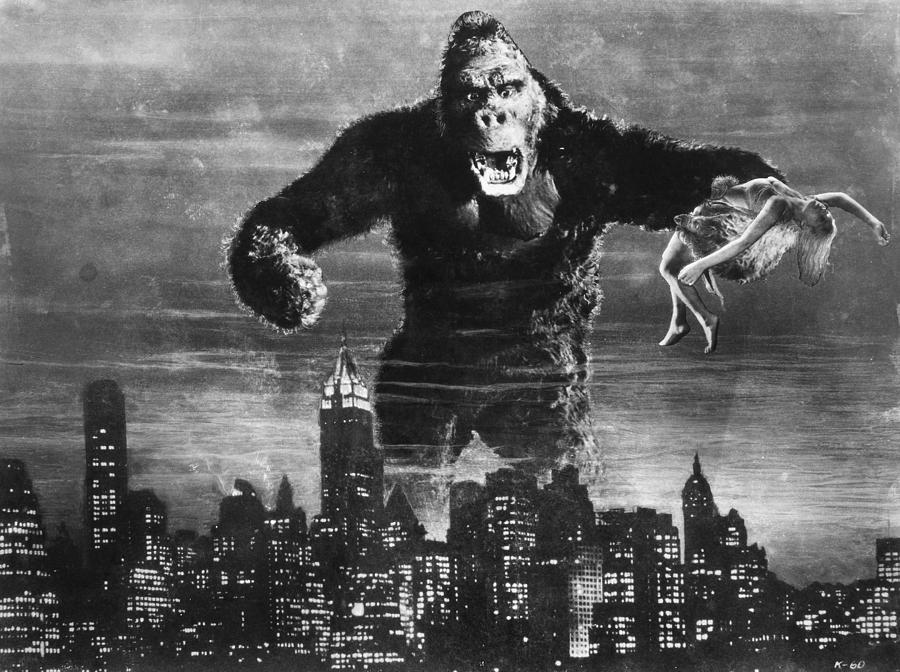
The original 1933 creature feature King Kong – jointly overseen by Merian C. Cooper and Ernest B. Schoedsack – represented a huge leap forward in matte painting, rear projection, and miniature special effects techniques. But without doubt its most indelible contribution to the filmmaking craft is the advances made in stop motion animation, which brought over-sized ape Kong and the other monstrous inhabitants of Skull Island to life.
Admittedly, the jerky movements and less-than-realistic model creatures that characterize the work by Willis O’Brien and his assistant Buzz Gibson seem crude today. But the disarming amount of personality O’Brien and Gibson managed to infuse Kong with is impressive even now, and the gigantic gorilla’s tragic demise is still capable of eliciting audience sympathy.
Among the film’s legion of fans are acclaimed stop motion guru Ray Harryhausen and Lord of the Rings director Peter Jackson – the latter of whom loved the film so much he famously remade it in 2005!
3. Citizen Kane
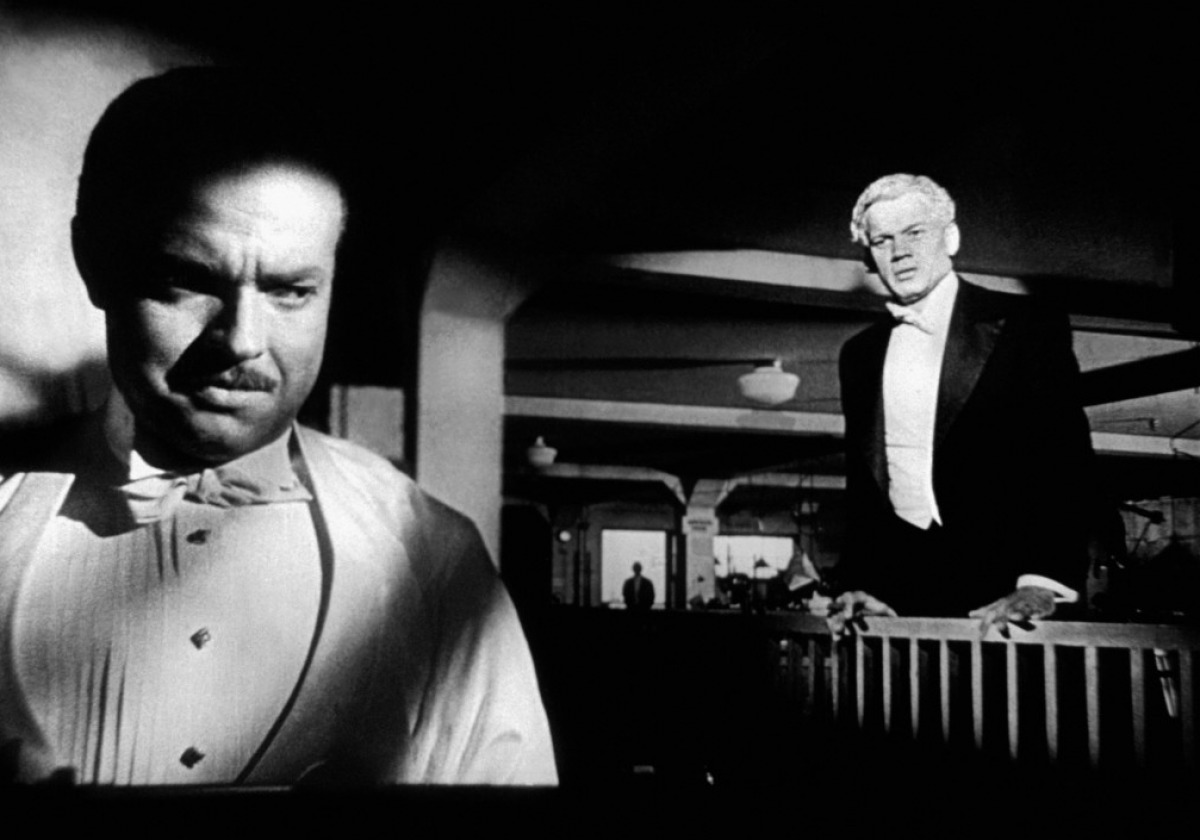
Often cited as the greatest film ever made, Orson Welles’ 1941 mystery/drama Citzen Kane isn’t exactly an obvious choice for a special effects list. The reason for this is simple: Welles and lead special effects guru Vernon L. Walker did their job too well, with the subtle nature of their in-camera trickery belying its brilliance – unless you’re one of the countless filmmakers it inspired in the decades after its release!
Citizen Kane brought a staggering degree of scope to the screen long before the advent of digital effects. This scale wouldn’t exist without the invention or drastic improvement of several contemporary special effects techniques, which allowed for large crowd scenes and environments – not to mention dynamic camera moves – that would previously have been impossible to achieve.
Chief make-up artist Maurice Seiderman deserves a shout-out for his efforts, too. With the narrative spanning several decades, Seiderman was called upon to believably de-age and age Welles and the other actors as required, and he proved more than up to the challenge.
Employing casts of each performer’s face (and even their torso, in certain instances) – a novel approach at the time – he devised a detailed plan for how each character would be portrayed at each stage of their life, and the results speak for themselves.
4. Jason And The Argonauts
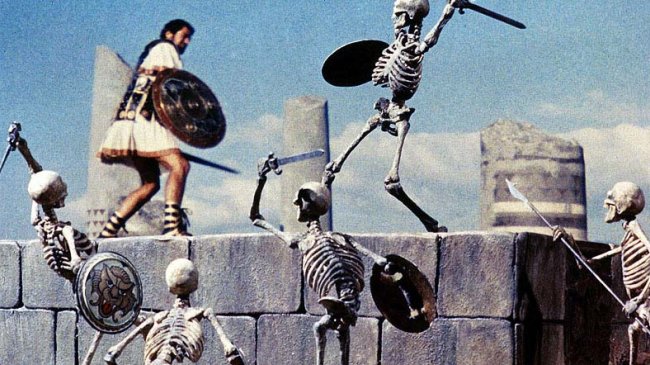
Jason and the Argonauts doesn’t boast top shelf performances or a nuanced screenplay – but it can lay claim to arguably the finest achievement of stop motion animator Ray Harryhausen’s glittering career. We’re talking, of course, about the legendary fight sequence which sees Todd Armstrong’s Jason and his plucky crew cross swords with undead skeleton warriors.
Don Chaffey’s cult classic has several other highlights – the showdown with the hydra and the confrontation with bronze behemoth Talos – but none of them top its showstopping finale.
Harryhausen’s bloodthirsty skeletons move with as much fluidity as the art form can muster, while the real-life and artificial performers interact as seamlessly as the technology of the time would allow.
Indeed, it’s no overstatement to suggest that this lone scene is directly responsible for inspiring the careers of more blockbuster directors and special effects artists than almost any other.
5. Star Wars – Episode IV: A New Hope
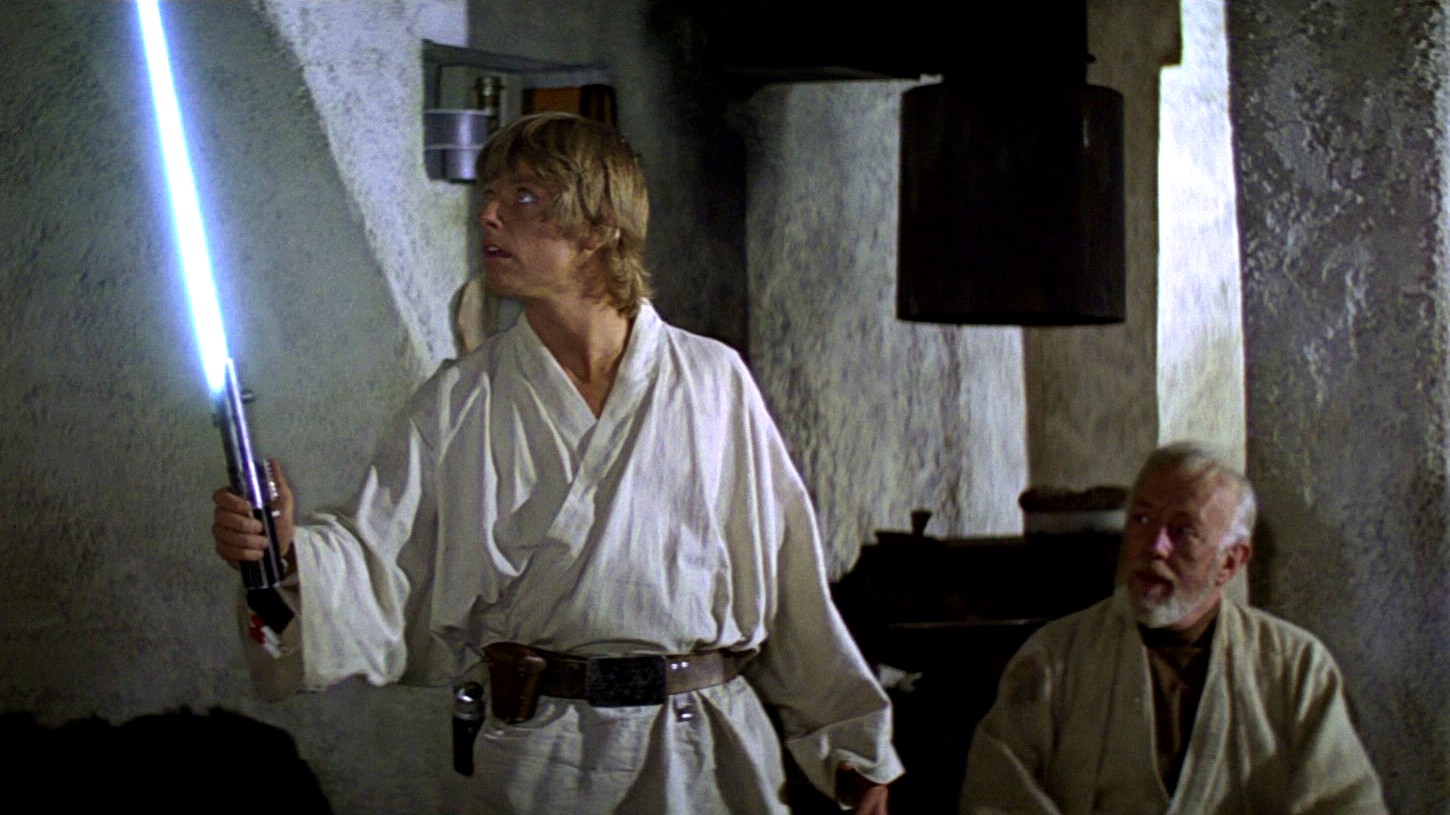
As even the most casual moviegoer will be aware, George Lucas’ first Star Wars outing changed the entire cinematic landscape when it arrived in theatres in 1977. There are a myriad of reasons why audiences were blown away by what they witnessed way back then – but the visuals courtesy of the trailblazing artists and technicians at fledging effects house Industrial Light & Magic certainly played a huge part.
See, before Lucas and ILM came along, the special effects featured in the kind of science fiction and fantasy B movies and matinees Star Wars – Episode IV: A New Hope was designed to emulate were traditionally cheap, almost laughable. More ostensibly “high brow”, cerebral sci-fi efforts like Stanley Kubrick’s 2001: A Space Odyssey bucked this trend, it’s true. But it wasn’t until Lucas’ space opera that crowd-pleasing, escapist pictures would receive a budget big enough to properly realize their alien worlds and characters in a believable fashion.
With decent funds (and a powerful vision) backing them up, Lucas and his effects team could finally deliver on the promise of transporting viewers to another world. ILM used (and improved upon) virtually every trick in the book, from matte painting to miniatures and motion control photography – even incorporating rudimentary CGI at one point – and filmmakers (both active and aspiring) sat up and took notice!
6. Tron

We’re going to be totally honest: 1982 sci-fi feature Tron is a bit of a chore to sit through. The screenplay by writer-director Steven Lisberger is languidly paced, and despite respectable turns from a decent cast including Jeff Bridges and Bruce Boxleitner, the characters aren’t all that easy to relate to.
What saves the film – and has cemented its reputation, all these years later – are the 20 minutes of CGI footage used to render certain scenes set within the artificial Grid environment. Of these sequences, the most iconic is the light cycle race, which (although crude by modern standards) was unlike anything audiences had previously encountered on the big screen.
Among Tron’s many admirers is filmmaker John Lasseter, who credits the film with being the first to fully sell him on the potential of computer animation as a storytelling tool. This led to the formation of animation powerhouse Pixar, and the eventual release of Toy Story – which is huge, as legacies go!
7. Young Sherlock Holmes
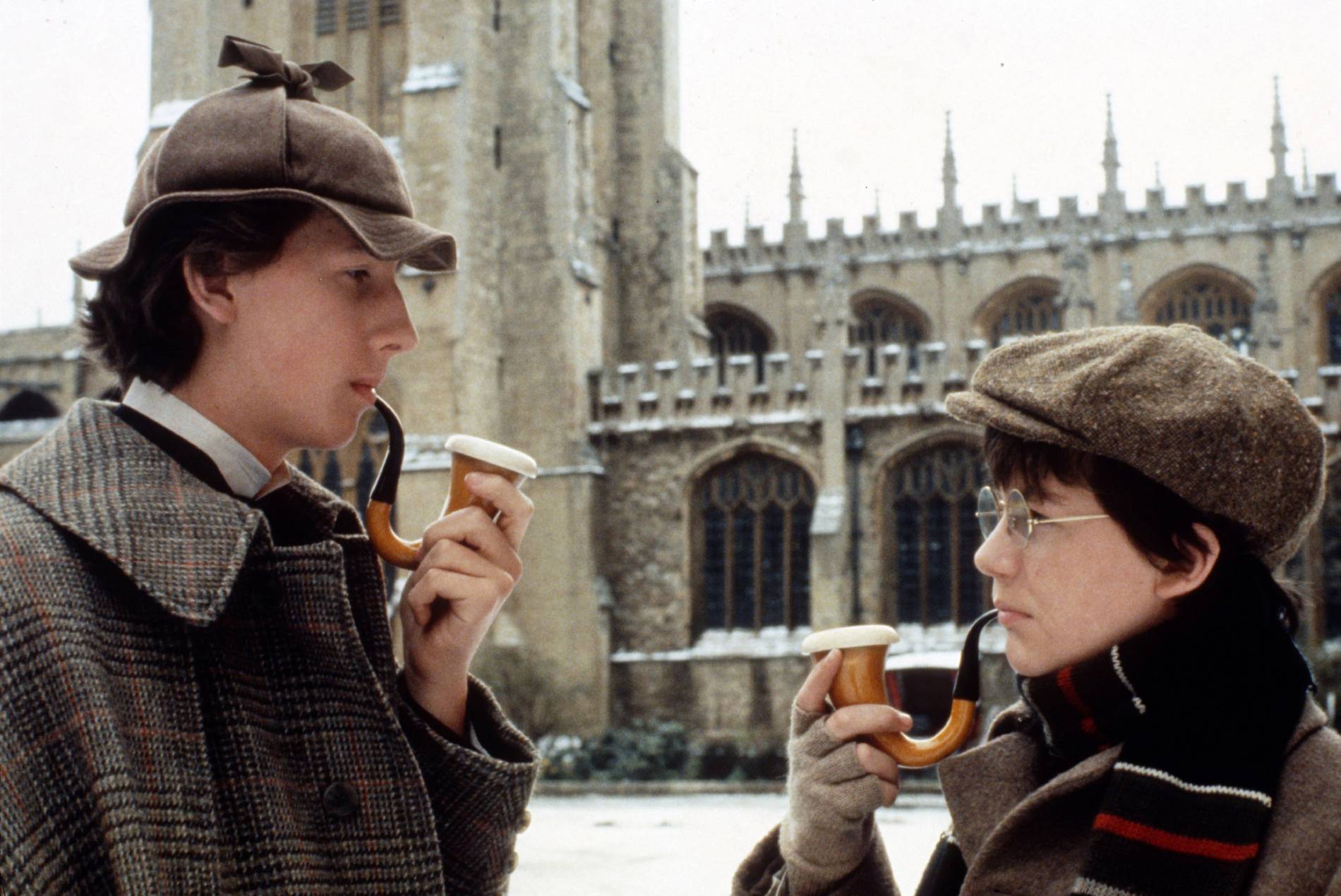
Young Sherlock Holmes rates as one of the more forgettable entries in Barry Levinson’s filmography – a harmless family flick that will distract children and enrage hardcore fans of Sir Arthur Conan Doyle’s great detective. Yet despite being a relatively mediocre affair, this 1985 mystery adventure has still managed to carve itself out a noteworthy place in cinema history.
That’s because Young Sherlock Holmes showcases the first ever photorealistic CGI character ever committed to celluloid: a knight comprised of stained-glass window shards. The digital effects on display here – which were added directly to the filmstock via a laser – where masterminded by John Lasseter, shortly before Pixar spun-off from Lucasfilm and dedicated itself to all- CGI animated features.